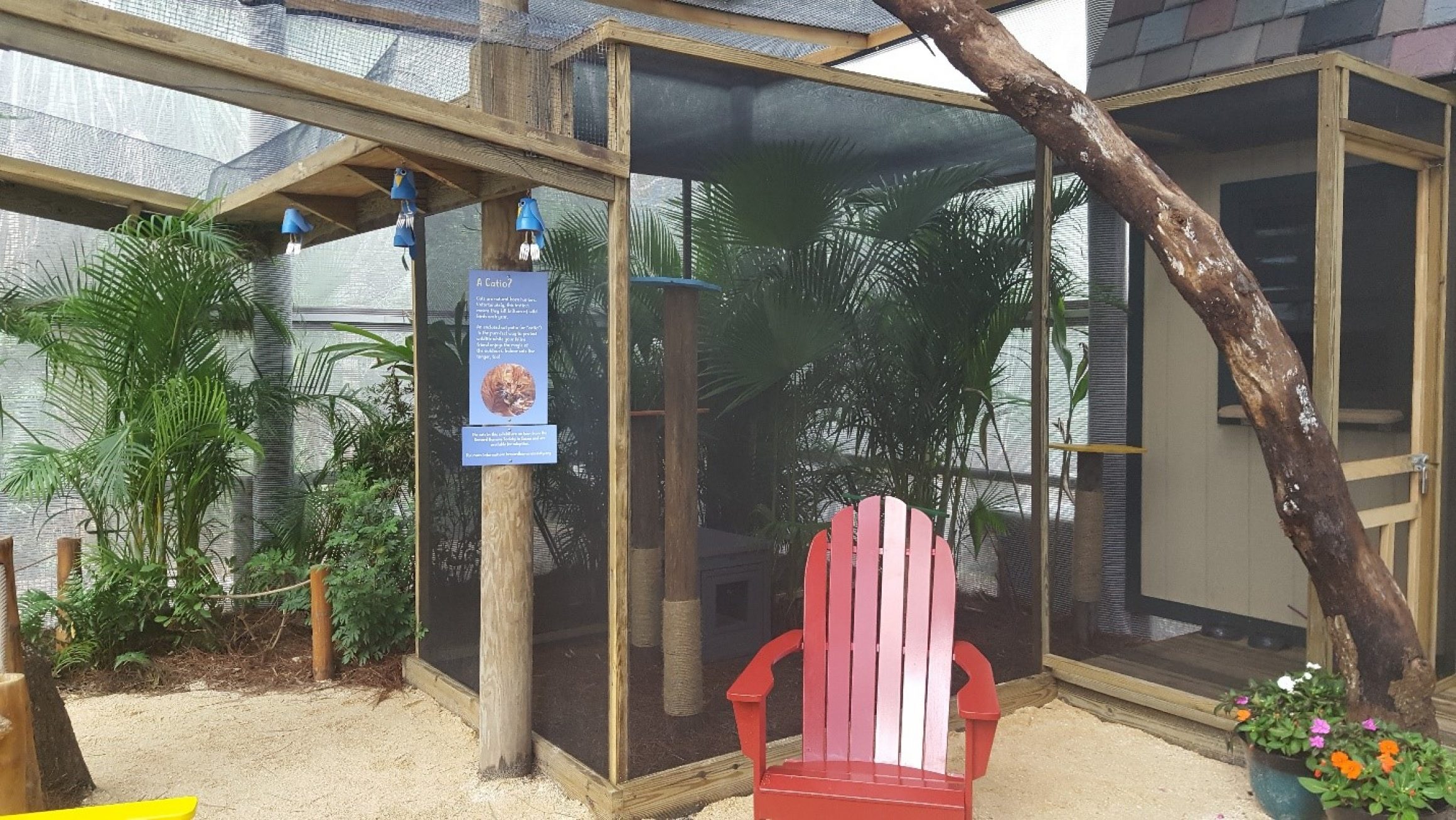Tackling the issue of free-roaming cats is one of utmost importance to the bird conservation worldwide. In fact, this was the topic of an all-day symposium at the 2018 American Ornithological Society Meeting in Tucson organized by NABCI Committee member Pete Marra of the Smithsonian Migratory Bird Center.
Another NABCI Committee member, the American Bird Conservancy, has focused public attention on this issue by providing information about free-roaming cats and through its “Cats Indoors” campaign.
Many people – both within and outside of the bird conservation community – agree that cats kill birds and we should minimize the effects of cats on birds.
Why, then, do…
- Cat owners let their cats outside unrestricted?
- People feed/care for cats that don’t belong to them?
- People abandon unwanted cats outside?
The answer is COMPLEX, but HUMANS are the common denominator. To begin to solve this thorny wildlife problem, we need to understand human behaviors and what drives them.
Wildlife conservation, animal welfare, and other stakeholder groups often disagree about the severity of the effects of cats on bird populations. Heated conflict has then occurred over the legitimacy of cat predation information and how free-roaming cats should be managed, especially when lethal management is considered. This conflict has stymied management efforts and may discourage public and private organizations from actively managing cats within their jursidiction.
Solutions that lessen the effects of free-roaming cats on birds must involve human behavior change, conflict transformation, and effective communication. Luckily, human dimensions and communications experts can help bird conservation practitioners understand these issues and work toward developing innovative, collaborative solutions that protect both cats and birds.
Here are some human dimensions guidelines for advancing dialogue on free-roaming domestic cat management and developing effective human behavior change strategies.
1) Focus effort on areas of consensus. A wide variety of groups support management strategies that focus on reducing cat abandonment and increasing adoption. These strategies can reduce the number of cats on the landscape. Promoting restriction behaviors for outdoor pet cats can also be widely supported. Example strategies include the use of outdoor cat enclosures and leashing.
2) Construct messages that appeal to shared values. Providing facts and data alone rarely changes human minds or behavior; people seldom make decisions based on scientific evidence or rational deliberation. In reality, hearing facts that refute their worldview can solidify peoples’ already strongly held beliefs.
Commonly held values among the conservation and animal welfare communities include benevolence and humaneness. Members of both of these communities want animals to be treated humanely and care deeply about animals. However, practitioners should still determine what values are shared among the specific groups they are working with (see #3).
3) Don’t make assumptions about what people think about cats because incorrect assumptions can lead to conflict! Instead, work to understand the various thought patterns (attitudes, beliefs, values, etc.) of stakeholders and how these thought patterns may drive decisions related to free-roaming cats. To do this, practitioners can partner with human dimensions specialists and explore the rich peer-reviewed literature related to the human dimensions of cat issues.
Michelle Smurl, director of animal programs at the Brevard Zoo in Melbourne, Fla., has used many of these human dimensions guidelines to create a “catio” (cat enclosure) display designed to promote strategies that protect both cats and birds.
She and her colleagues are performing audience analyses and working with an interpretive team to ensure that messages promoting catio use resonate with visitors. They are also working with their local humane society to place adoptable cats in the display.
In the relatively short time this display has been up, it has been extremely popular with both visitors and zoo staff.
Working to solve free-roaming cat issues is no easy task! It takes a considerable amount of time and effort to maintain or re-build relationships between various groups. Success will involve understanding the human dimensions of these issues and working together to set achievable goals that can be scientifically evaluated.
For more information about free-roaming cats, explore this list of peer-reviewed literature that the Association of Fish & Wildlife Agencies’ Feral & Free-roaming Cat working group put together.
For more information about the NABCI Human Dimensions Subcommittee, contact Tammy verCauteren.

